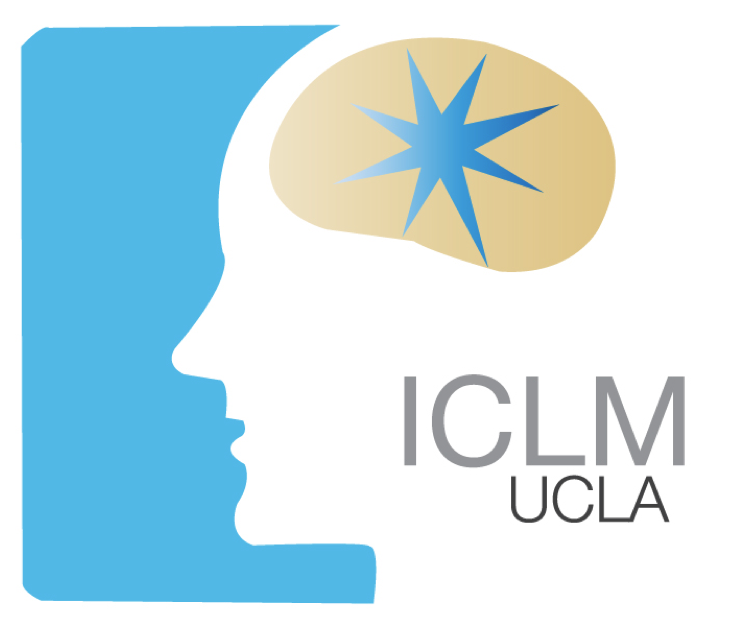A study led by Matthias Stangl in Nanthia Suthana’s lab just published in Nature has shed light on the neural mechanisms in the human brain that underlie spatial navigation and awareness of others in a shared environment. Findings showed that medial temporal theta and gamma activity strengthened when an individual (self or other) was near an environmental boundary (e.g., wall) but only when they (or the other person) actively searched for a learned target location. Together, these results provide evidence for a common location-encoding mechanism in the human brain for oneself and others in real-world social scenarios, and open up a novel area for future investigation into the neural mechanisms underlying awareness of others during real-world spatial navigation and memory. These results were covered in a Nature News and Views, as well as by the National Institute of Health.
 I.C. Learning & Memory
I.C. Learning & Memory